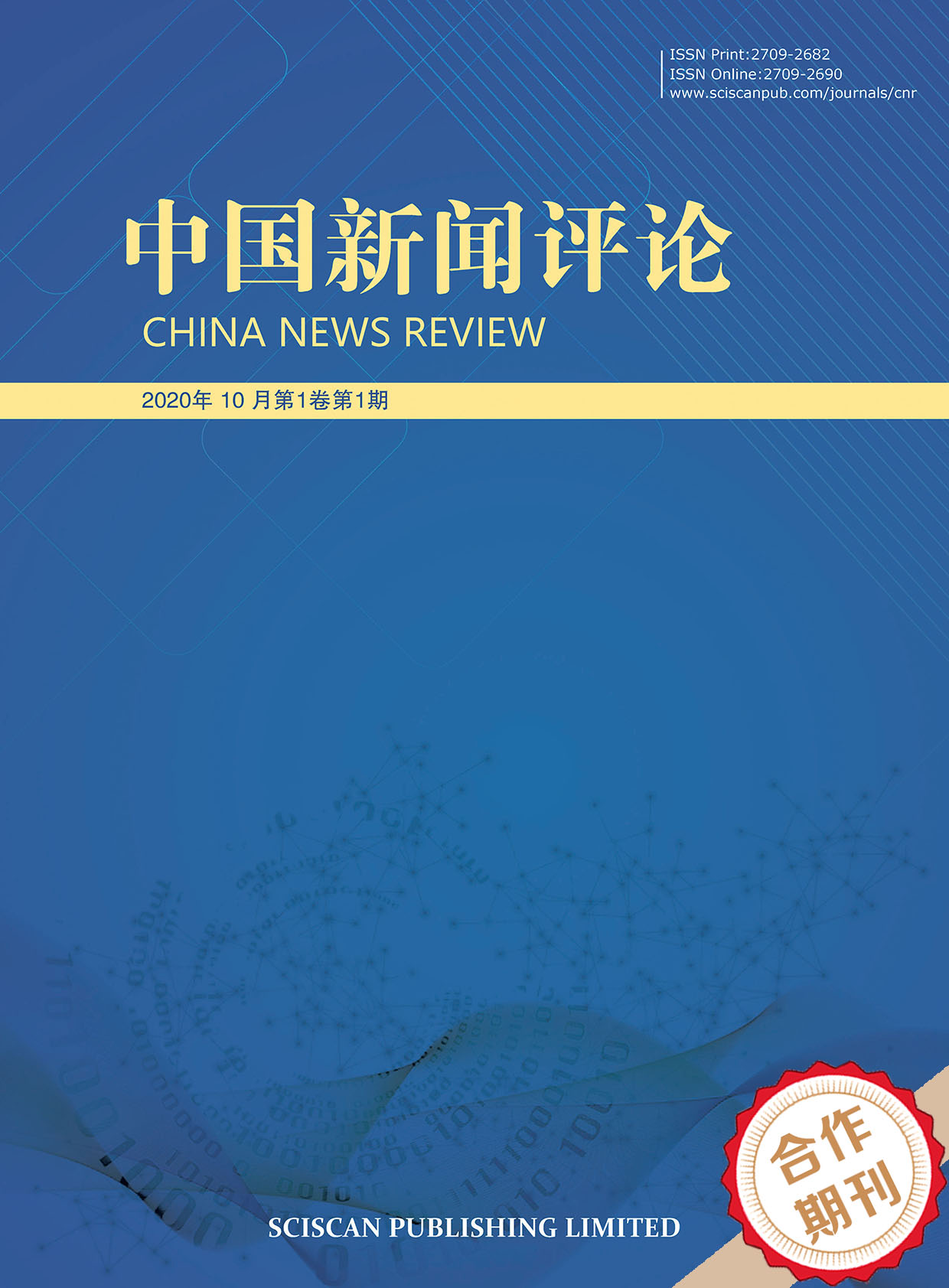China News Review
ISSN Print: 2709-2682
ISSN Online: 2709-2690
Contact Editorial Office
Subscribe to the latest published information from SCISCAN
价值累加理论框架下古代谣言传播 机制研究 ——以“叫魂”事件为例
Research on the Spreading Mechanism of Ancient Rumors Under the Framework of Value-added Theory —Take “Soul Stealing” as an Example
- Authors: 朱敏
-
Information:
-
-
Keywords:
“Soul Stealing”; Ancient Rumors; Spreading Mechanism; Value-added Theory“叫魂”事件; 古代谣言; 传播机制; 价值累加理论
- Abstract: As a collective action in concept or public opinion, rumors are easy to lead to large-scale action results.This paper takes the “soul stealing” event in 1768 described in Philip Alden Kuhn's book “soul stealing” as the research object, and combs the spread process of rumors in the “soul stealing” event and analyzes the spreading mechanism of ancient rumors under the framework of value-added theory.This study holds that the emergence and large-scale spread of “soul stealing” rumors are the result of the continuous accumulation of the “value” of six factors, such as the structural conduciveness of the social background, the structural strain of the people, the generalized belief in witchcraft, the trigger of dramatic events, the mobilization for action of emperor and officials, and the failure of social control.Therefore, combined with the characteristics of rumor spreading in modern society, this paper puts forward some suggestions on rumor prevention and control, such as improving public media literacy, eliminating the information asymmetry between official and folk, and grasping effectively the opportunity of rumor refutation. 谣言作为观念上或舆论上的集体行动,容易引发大规模的行动结果。本文以孔飞力教授的著作《叫魂》中描述的 1768 年“叫魂”事件为研究对象,梳理“叫魂”事件中谣言的传播过程,在价值累加理论理论框架下分析古代谣言的传播机制,认为“叫魂”谣言的产生与大规模扩散是社会背景的结构性诱因、民众普遍存在的结构性紧张、对妖术的一般性信念、戏剧性 事件的触发、皇帝和官员的清剿行动、社会控制失效等六个因素的“价值”不断累加促成的结果。由此结合现代社会谣言传播的特点,提出了应提高公众媒介素养、消除官方与民间的信息不对称、高效把握辟谣时机等谣言防控的建议。
- DOI: https://doi.org/10.35534/cnr.0204009
- Cite: 朱敏.价值累加理论框架下古代谣言传播机制研究——以“叫魂”事件为例[J].中国新闻评论,2021,2(4):99-109.
















